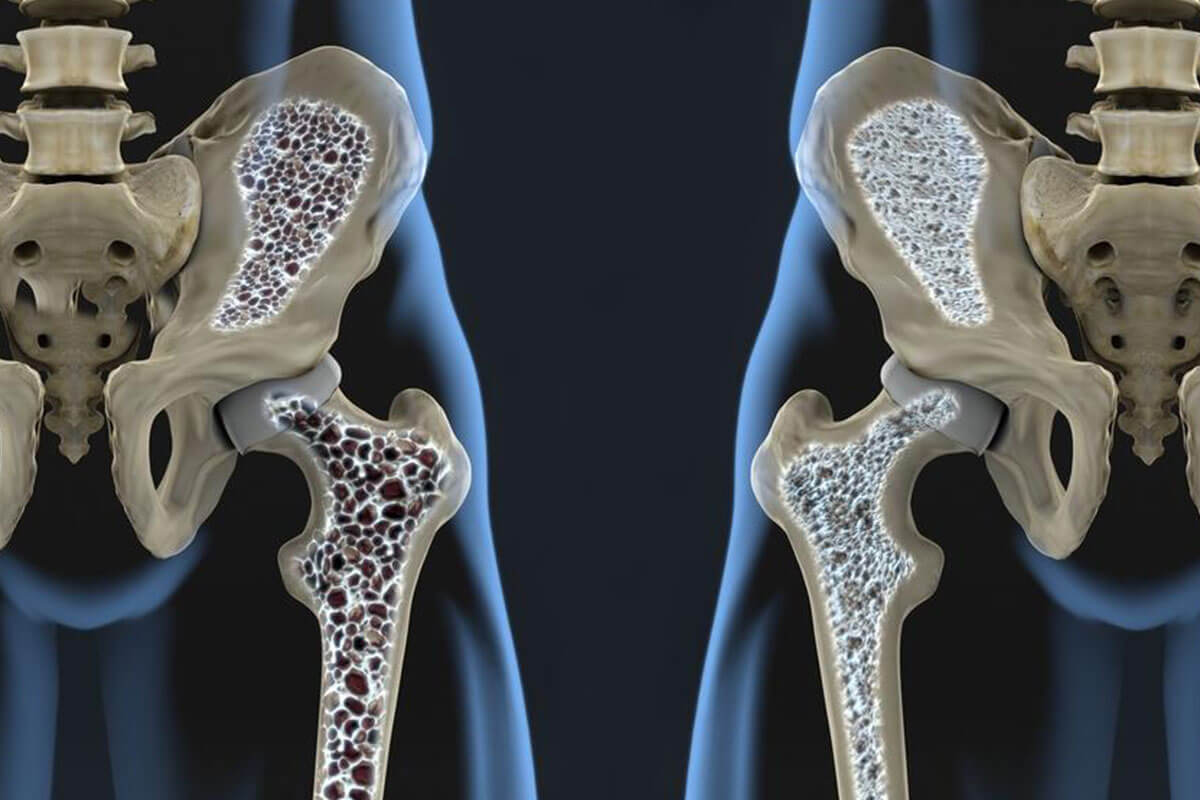Common Medical Conditions Contributing to Osteoporosis-Related Bone Loss
Discover how common health conditions such as rheumatoid arthritis, lupus, diabetes, asthma, and hyperthyroidism can accelerate osteoporosis and lead to bone fractures. Learn about risk factors, symptoms, and preventive strategies to maintain strong bones through medical advice and lifestyle choices.
Sponsored

Medical Conditions That Increase Your Risk of Osteoporosis and Bone Fragility
Certain health issues are directly linked to accelerated osteoporosis bone deterioration. Here's what you should be aware of.
Bones are dynamic, living tissues that continually renew themselves. When the breakdown surpasses bone formation, bones weaken, leading to osteoporosis. This condition is notably prevalent among women, affecting approximately 200 million women worldwide. While it can impact women of all ages and backgrounds, it is more frequently observed in older Caucasian and Asian women.
In advanced stages, osteoporosis significantly increases fracture risk.
Typical fractures occur in the spine, hip, and wrist, even from minor activities like bending or stepping. Early osteoporosis often shows no symptoms but can later cause height loss, back and neck pain, fractures, and stooped posture. A simple bone density scan helps diagnose the severity of bone loss.
Factors such as body frame, age, genetics, race, lifestyle habits, gender, and nutritional health influence osteoporosis risk. Treatment strategies include medications, lifestyle adjustments, and dietary improvements tailored to individual fracture risk.
What causes osteoporosis bone loss? While the definitive cause remains uncertain, certain medical conditions influence bone health either through their treatments or the disease process itself. Conditions associated with increased osteoporosis risk include:
Rheumatoid Arthritis and Lupus
Rheumatoid arthritis (RA) and lupus are autoimmune diseases where the immune system attacks healthy tissues. Around 3 million adults in the U.S. suffer from these conditions. Lupus is especially prevalent among women aged 15-45, during peak bone-building years. Dr. Beatrice Edwards from Northwestern University notes, "Any interference with bone growth during these years heightens osteoporosis risk." Both diseases can accelerate bone loss.
Diabetes
Research indicates that type 1 diabetes may hinder reaching peak bone mass. Dr. Edwards explains, "High blood sugar could suppress bone formation, similar to steroids. Since type 1 usually develops in childhood, the opportunity for optimal bone development might be missed, increasing osteoporosis risk."
Asthma
While asthma itself does not cause osteoporosis, medications like corticosteroids used for treatment significantly increase bone loss risk. These drugs, though effective in controlling symptoms, have side effects that include weakening bones.
Overactive Thyroid (Hyperthyroidism)
Excess thyroid hormones from hyperthyroidism speed up bone remodeling cycles, which after age 30, become inefficient. This leads to net bone loss over time, explains Dr. Edwards. "More cycles mean greater bone reduction."
Additional conditions linked to osteoporosis include multiple sclerosis and celiac disease. Understanding these associations enables proactive measures like vitamin D supplementation or lifestyle changes to protect bone health.






